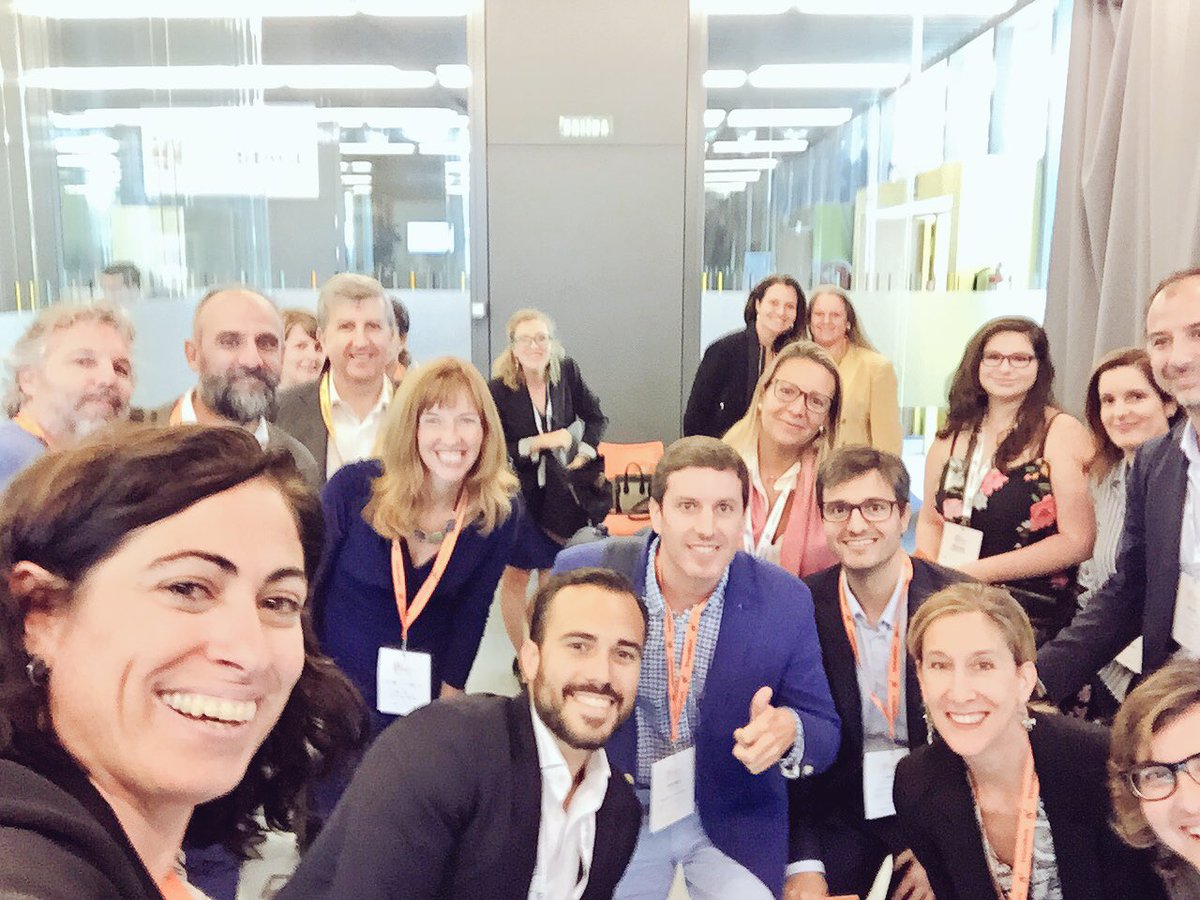Rebuilding Trust in the Workplace

1. Observe and acknowledge what happened:
When trust is broken, most people experience the impact as a loss—the loss of what was or what could have been. Tune into how employees are responding to that loss. Acknowledge their experience, listen to what’s important to them, and demonstrate that their views matter. Be sure to interact face-to-face, plus use tangible tools such as organizational surveys and special instruments that measure trust.
2. Allow feelings to surface:
Provide people with nonthreatening environments to express their feelings and begin to work through them. Focus groups, team meetings, and one-on-one conversations can all be helpful in creating safe, ongoing forums and ensuring that employees’ emotions don’t go underground.
3. Get and give support:
Help people recognize where they are stuck and how they can shift from blaming to problem solving. Also, make sure that no one is moving ahead blindly. Share key information and insights to help employees feel involved and “in the know.” And seek support for yourself, too, perhaps through fellow leaders, a mentor, or an executive coach.
4. Reframe the experience:
Put the experience into a larger context. Help people to see the bigger picture, such as the business reasons behind a set of decisions, and to consider the individual choices and opportunities now in front of them, including potential benefits.
5. Take responsibility:
Own up to what is yours to own. Determine the lessons learned and the actions you can take to improve the current situation. Hold yourself accountable, plus help others take responsibility and hold themselves accountable, too.
6. Forgive yourself and others:
Forgiving doesn’t mean excusing; it means acknowledging the impact of broken trust and then agreeing not only to move through it but also to learn from it and do better going forward. Ask people, “What needs to happen for forgiveness to take place?” Additionally, ask yourself the same question if you need to forgive yourself.
7. Let go and move on:
There is a difference between remembering and “hanging on.” Employees may not forget what happened, but they can choose to look forward rather than stay stuck in the past. Help people in letting go and moving on with a sense of shared responsibility.
SOURCE:.businessknowhow.com

Comments